
California has many micro-climates and is able to grow many rare plants from around the globe. Two incredible gardens not to miss are the San Francisco Botanical Garden and the UC Santa Cruz Arboretum. While SFBG is an area within the Golden Gate Park with world-renowned gardens, UCSCA is spread out on 135 acres overlooking the Monterey Bay. Here are just a few photos of some striking and/or rare botanicals found in these gardens.
The San Francisco Botanical Garden at Strybing Arboretum covers 55 acres, both landscaped and open spaces. The Bay area has mild temperatures year round, pretty much constant coastal fog, dry summers and rainy winters, which provide growing conditions that are unique. These climatic conditions make it possible to cultivate plants from around the world and there are over 8,000 varieties of plants from California natives to Mediterranean, African, Australian, New Zealand and South American bushes, trees, perennials, annuals and succulents. Magnolias and camellias were just beginning to bloom. SFBotanicalGarden.org
We took a guided tour of the Santa Cruz Arboretum on a grey, partly rainy day, which was actually perfect for taking photos. The featured gardens are California Natives, Succulent, Aroma and Butterfly Gardens, and vast collections of plants, the likes of which I had never seen, in the South African, Australian and New Zealand Gardens. The gardens cover flatland and some hillside gardens with many huge old tree specimens. arboretum.ucsc.edu
It is interesting to me that the plants from Australia and New Zealand and African do so well in these Californian gardens–some of them are threatened in their native habitats and are flourishing in these micro-climates. These plants are tough–from the sedums and succulents–to the hard and woody Proteaceae family with their artichoke-like flowers or the Banksias with pods that resembled a corncob. They are designed to tolerate droughtlike conditions.
I do appreciate that both gardens are paying attention to plant identification labels, so curious visitors like myself, can find out what the plants are and from whence they came.
You can easily spend a whole day in either garden–especially if you pack a picnic lunch–allow at least a minimum of three or four hours.



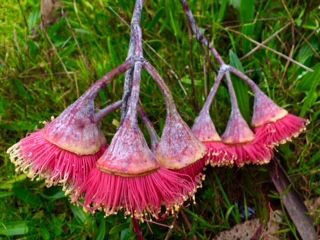

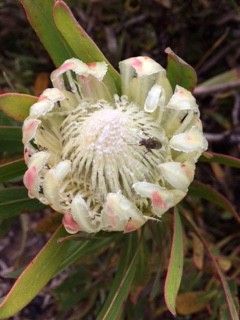
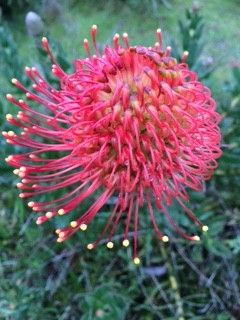
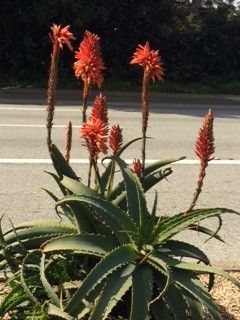
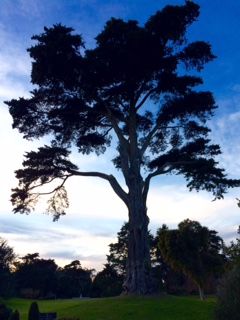
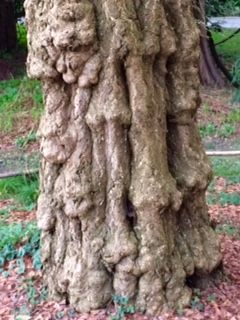
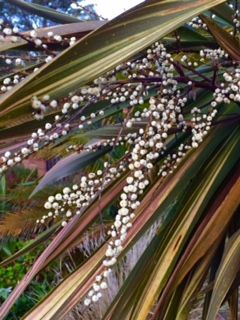
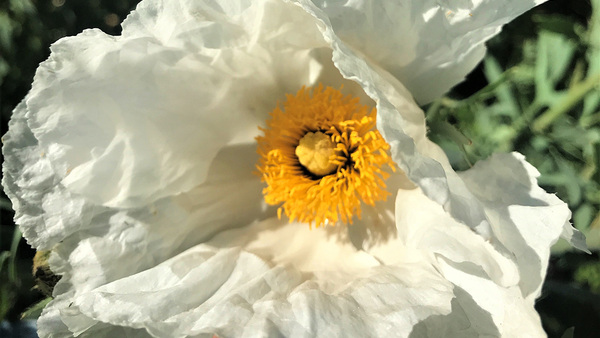















Comments
Log in or create an account to post a comment.
Sign up Log in